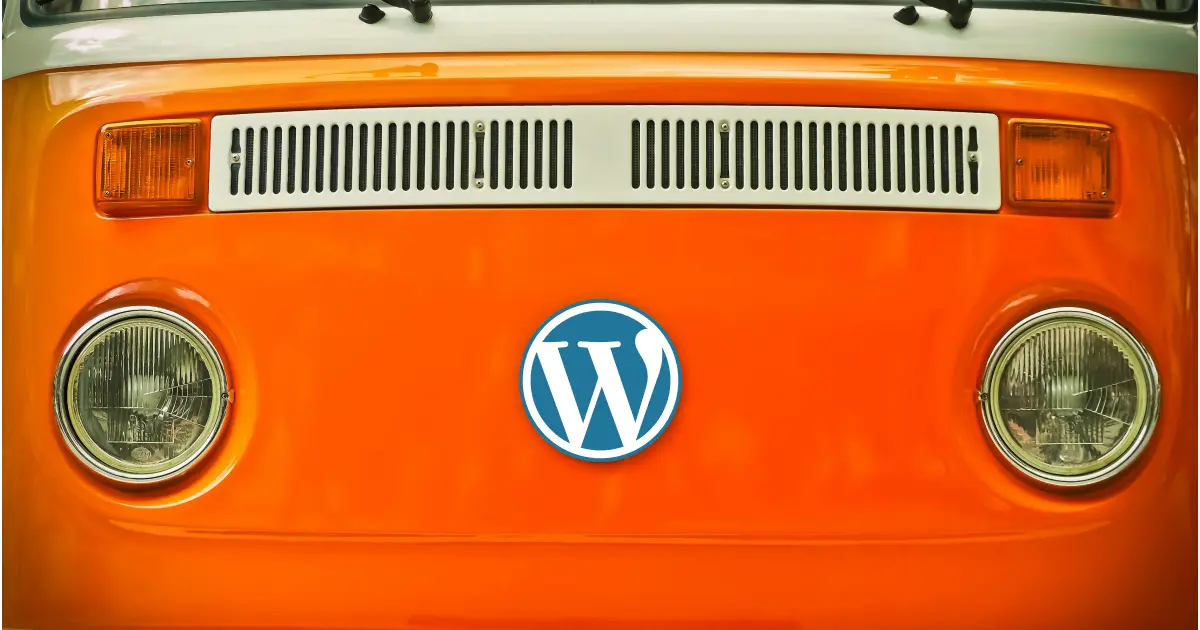Headless CMS compare with traditional CMS

yurin.dev
Are you struggling with slow site performance and rigid designs in your web projects, or wondering why your content can't seamlessly flow across multiple platforms?As a full-stack developer with 4+ years in Vue & Node JS, I've handled many CMS choices to boost speed and scalability. Let's compare traditional CMS (like WordPress or Drupal) with headless CMS (like Strapi) – pros, cons, and when to use each.
Traditional CMS
- Easy for non-tech users; no coding for updates. Pre-built themes and plugins for fast setup. Affordable for small sites, often open-source.
- Poor scalability under high traffic due to monolithic design. Security risks from plugins. Hard for multi-channel use (web + apps).
Headless CMS
- Flexible – content via APIs to any platform (web, mobile, IoT). Better performance and security with isolated backend. Full frontend freedom (e.g., Vue) without UI limits.
- More complex; needs API skills and separate frontend, raising initial costs. No built-in previews, tricky for non-devs.
When to Use Which?
Use traditional CMS for simple sites or blogs needing quick setup, like a basic corporate page with rare updates. Choose headless for scalable, multi-platform projects like e-commerce or apps across devices.
Strapi, my preferred headless option, blends easy content management with no design restrictions – perfect for frontend devs to innovate and save time. In a project, I paired it with Vue.js to streamline updates and cut dev time by weeks.